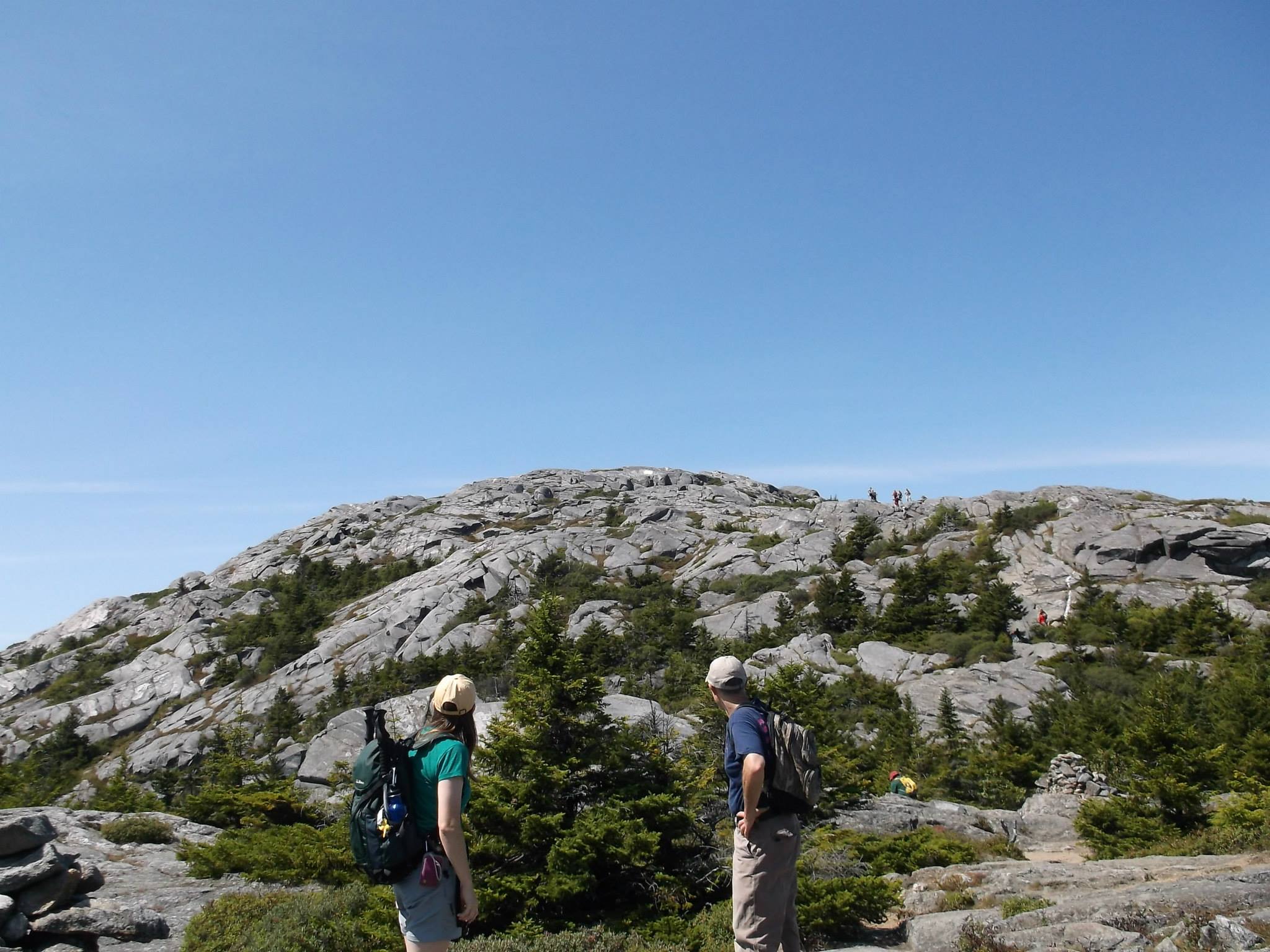Dublin Trail Earthcache EarthCache
-
Difficulty:
-

-
Terrain:
-

Size:  (other)
(other)
Related Web Page
Please note Use of geocaching.com services is subject to the terms and conditions
in our disclaimer.
There are some hard earthcaches out there that can really get confusing to figure out. There are also some that take you to a cool area and can be fun to find the answers. Well this one will bring you on a strenuous hike up the third most hiked mountain in the world. I hope you enjoy this trail as much as I do.

At the posted coords you will see a few things in the granite beneath your hiking boots. To log this Earthcache please e-mail the following answers to me which all can be found at the posted coords.
Questions
A - There is a "Vein" that runs in the middle of the trail. At it's widest point, what is the measurement?
B - What type of crystallized material is the vein made of?
C - You will find some "Phenocryst" there as well. A nice sample is just uphill from the vein about 50 to 75 feet. The texture of it is much different then the sample picture below. What caused this?
Veins
In geology, a vein is a distinct sheetlike body of crystallized minerals within a rock. Veins form when mineral constituents carried by an aqueous solution within the rock mass are deposited through precipitation. The hydraulic flow involved is usually due to hydrothermal circulation. Veins are classically thought of as being the result of growth of crystals on the walls of planar fractures in rocks, with the crystal growth occurring normal to the walls of the cavity, and the crystal protruding into open space. This certainly is the method for the formation of some veins. However, it is rare in geology for significant open space to remain open in large volumes of rock, especially several kilometers below the surface. Thus, there are two main mechanisms considered likely for the formation of veins: open-space filling and crack-seal growth.
Yes the vein below is a gold vein but I thought is was a great example. Unfortunately the one you are looking for is not Gold.

Phenocrysts
A phenocryst is a relatively large and usually conspicuous crystal distinctly larger than the grains of the rock groundmass of a porphyritic igneous rock. Phenocrysts often have euhedral forms either due to early growth within a magma or by post-emplacement recrystallization. Plagioclase phenocrysts often exhibit zoning with a more calcic core surrounded by progressively more sodic rinds. This zoning is reflective of the changing magma composition as crystallization progresses. In rapakivi granites phenocrysts of orthoclase are enveloped within rinds of sodic plagioclase such as oligoclase. In shallow intrusives or volcanic flows phenocrysts which formed before eruption or shallow emplacement are surrounded by a fine grained to glassy matrix. These volcanic phenocrysts often show flow banding, a parallel arrangement of lath shaped crystals.

Additional Hints
(No hints available.)